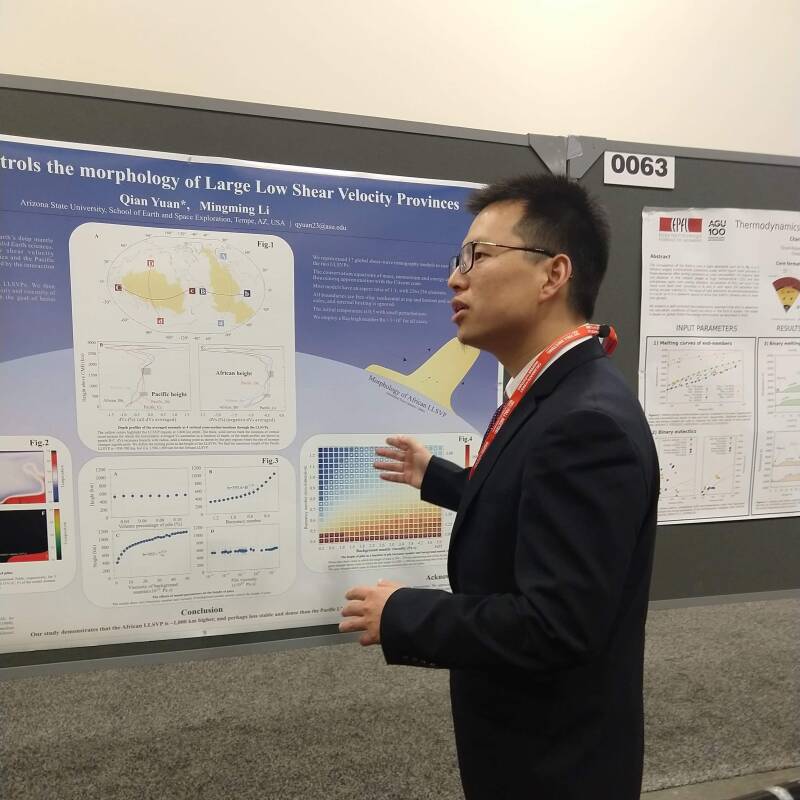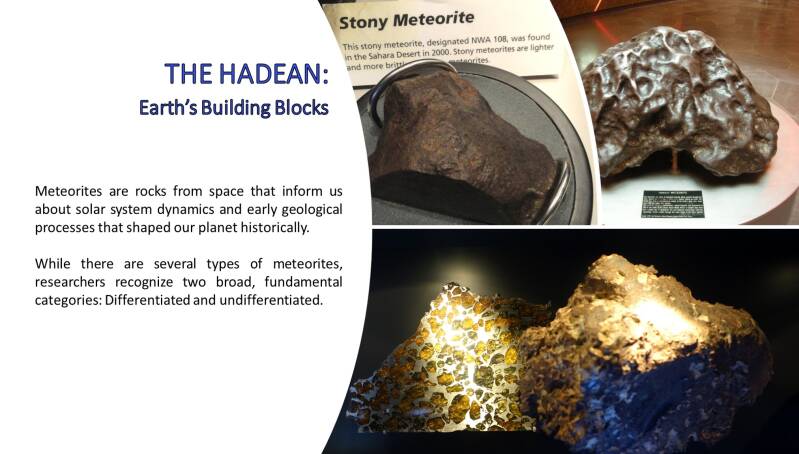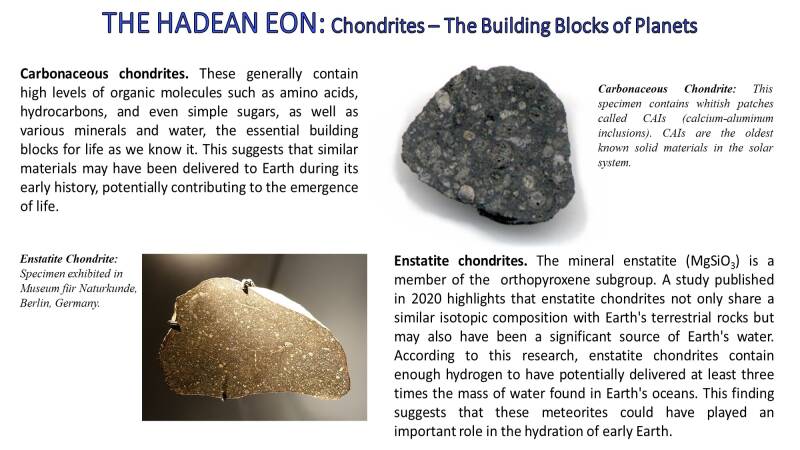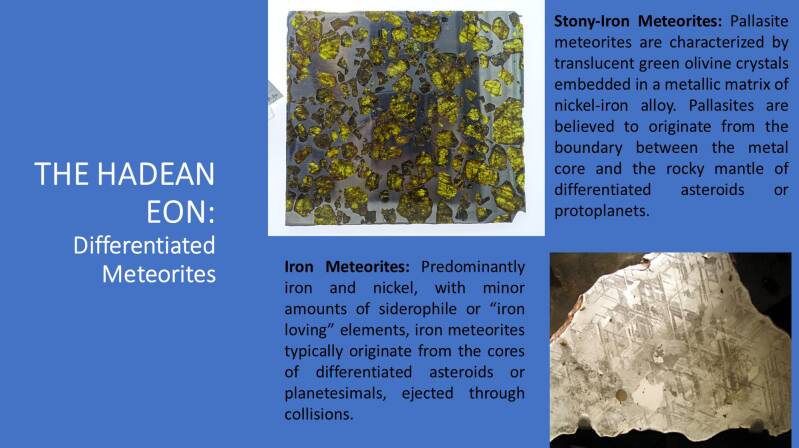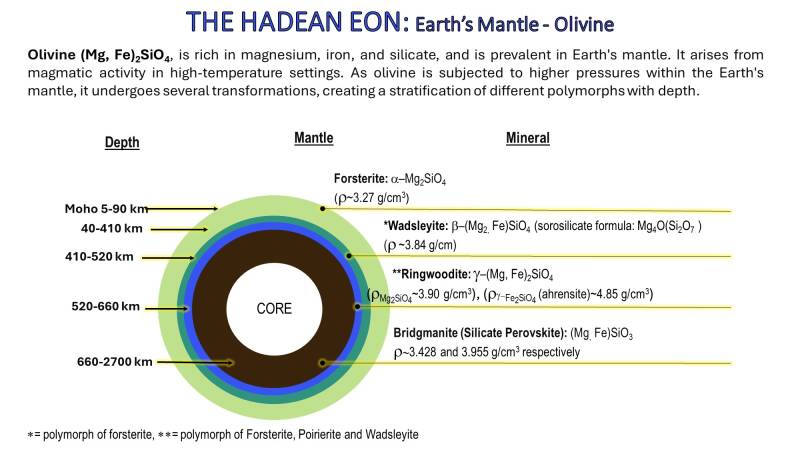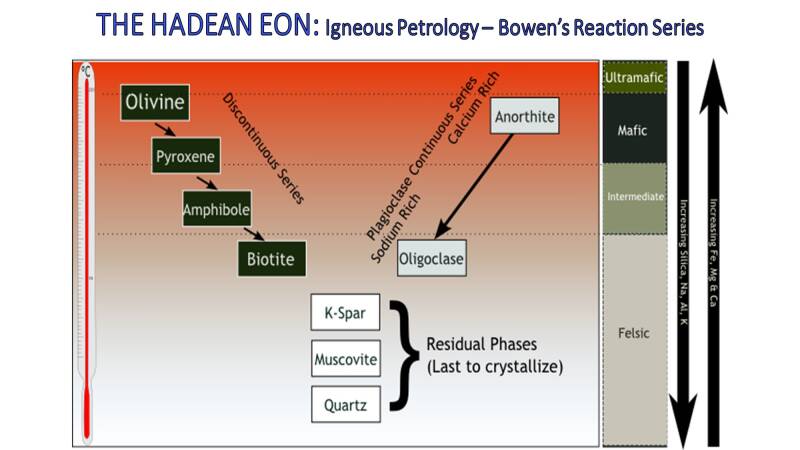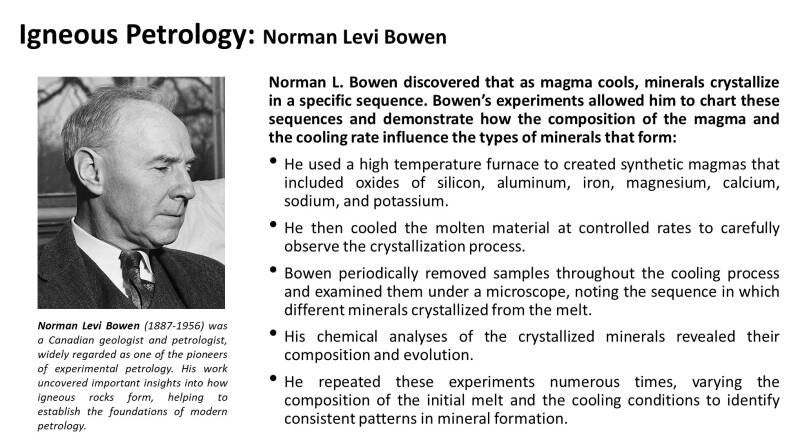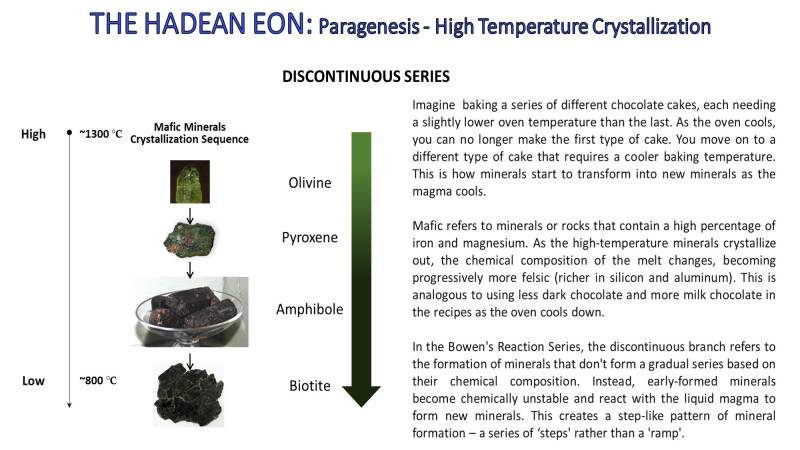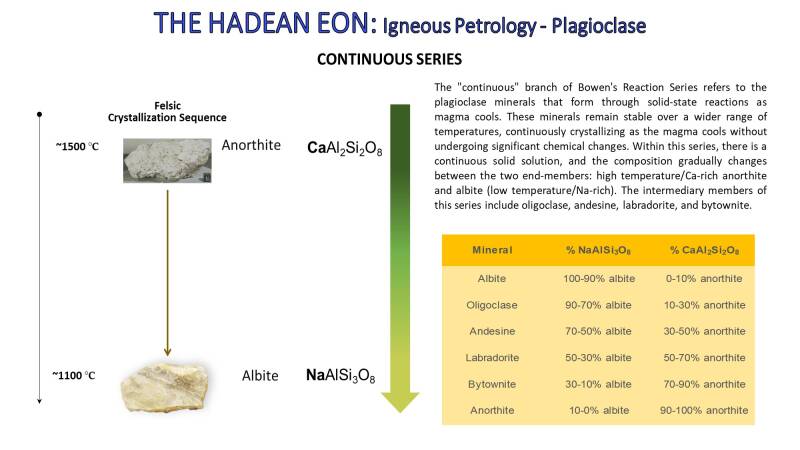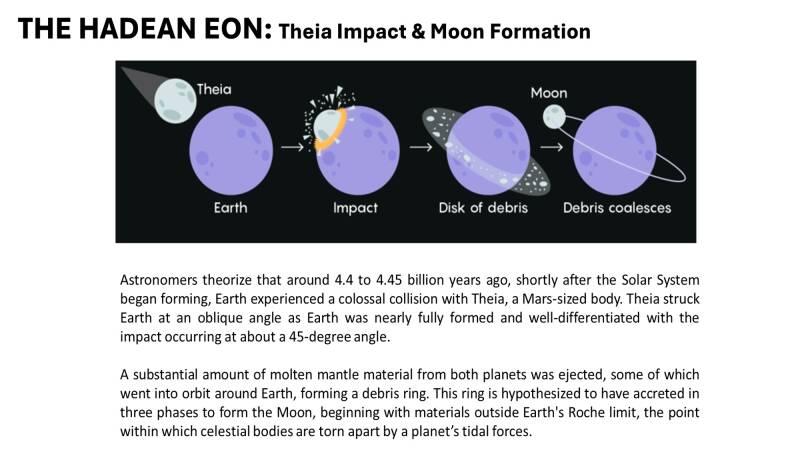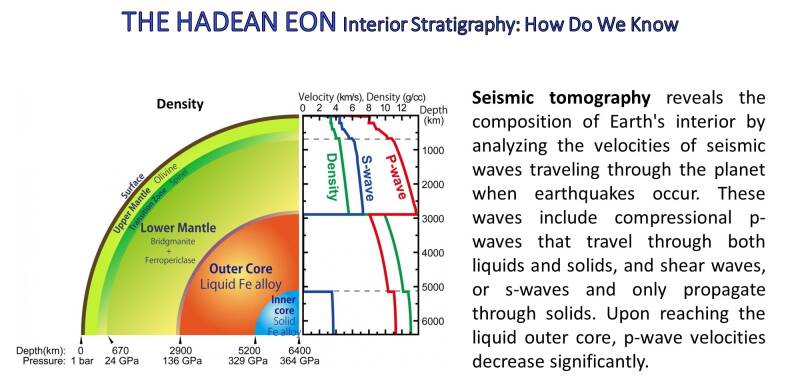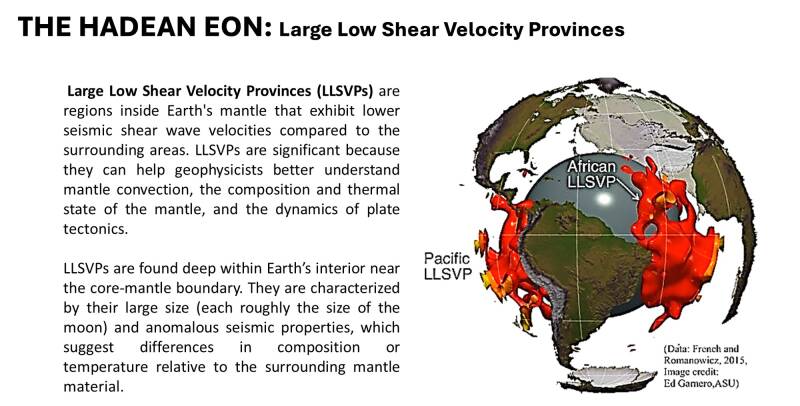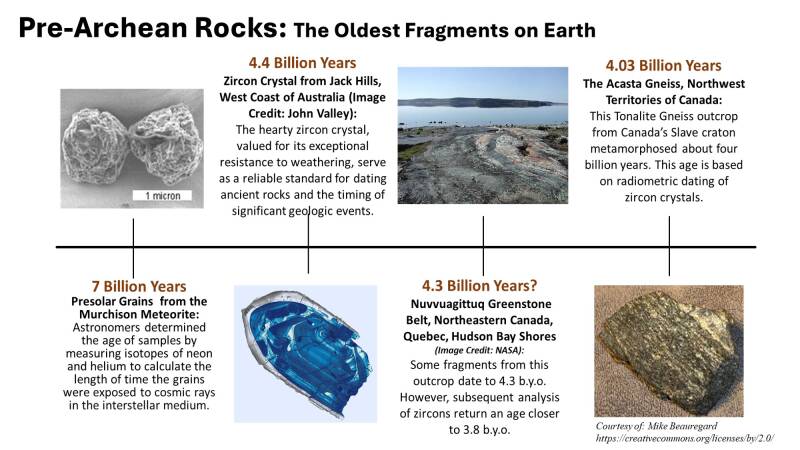LATEST EPISODE
The Autobiography of Earth: Pt. 1
The Hadean Eon
This episode is dedicated
to the memory of
Darren K. Westby
1994-2023
Please consider donating to the
Darren Westby Spirit Award Scholarship
A PLANET IS BORN
The Hadean began as early as 4.56 billion years ago and ended roughly 4 billion years ago, marking Earth's first 560 million or so years. With little to no physical evidence to examine, this interval is often overlooked, despite it being what is arguably the most important phase in the planet's history.
During the Hadean, Earth transitioned from a semi-molten protoplanet to a differentiated, full-fledged planet with a stable, yet dynamic, crust. This eon saw the formation of the Moon, which was likely the result of an impact event during Earth's infancy. Volcanic activity was rampant, and the atmosphere was dominated by volcanic gases.
The events of the Hadean eon laid the groundwork for future geological and biological development. Over time, the Hadean saw significant cooling of the Earth's surface, allowing liquid water to accumulate. This set the stage for the conditions necessary for life to emerge.
Featuring: Qian Yuan, PhD
Topic: Moon Forming Event and Onset of Plate Subduction
Qian Yuan is a postdoctoral fellow at the California Institute of Technology (Caltech), specializing in geodynamics. His research focuses on dynamic processes within Earth's interior and their influence on surface geological activities such as plate tectonics and volcanic eruptions. He employs geodynamic simulations, microanalysis of mantle rocks, and various other geophysical observations, along with petrological and geochemical analyses, to accomplish his research objectives.
Qian Yuan's primary focus currently is on understanding the origin, morphology, and dynamics of the two Large Low Shear Velocity Provinces (LLSVPs) in the Earth's lowest mantle.
His long-term goal is to integrate geophysical, geochemical, and planetary processes into a self-consistent model to better understand Earth's habitability and planetary evolution.
He holds a Ph.D. in Geodynamics from Arizona State University, where he conducted research on various aspects of mantle dynamics. Prior to that, he earned an EngD in Economic Geology from China University of Geosciences (CUG), Wuhan, and completed a Bachelor of Science degree at China University of Geosciences, Wuhan. He spent time as a visiting student at the University of Liège, Belgium, furthering his studies and research experience.
THE HADEAN
click to enlarge images
double-click for maximum enlargement
PAPERS AND ABSTRACTS
-
Moon-forming impactor as a source of Earth’s basal mantle anomalies
-
A Giant Impact Origin for the First Subduction on Earth
-
Carbon dioxide cycling through the mantle and implications for the climate of ancient Earth
-
Terrestrial aftermath of the Moon-forming impact
-
Subducted oceanic crust as the origin of seismically slow lower-mantle structures
-
Earth’s Earliest Atmospheres
-
Origin of the Earth's ocean basins
-
Earth's earliest hydrosphere recorded by the oldest hydrothermally-altered oceanic crust: Triple oxygen and hydrogen isotopes in the 4.3-3.8 Ga Nuvvuagittuq belt, Canada
-
Hadean greenstones from the Nuvvuagittuq fold belt and the origin of the Earth's early continental crust


